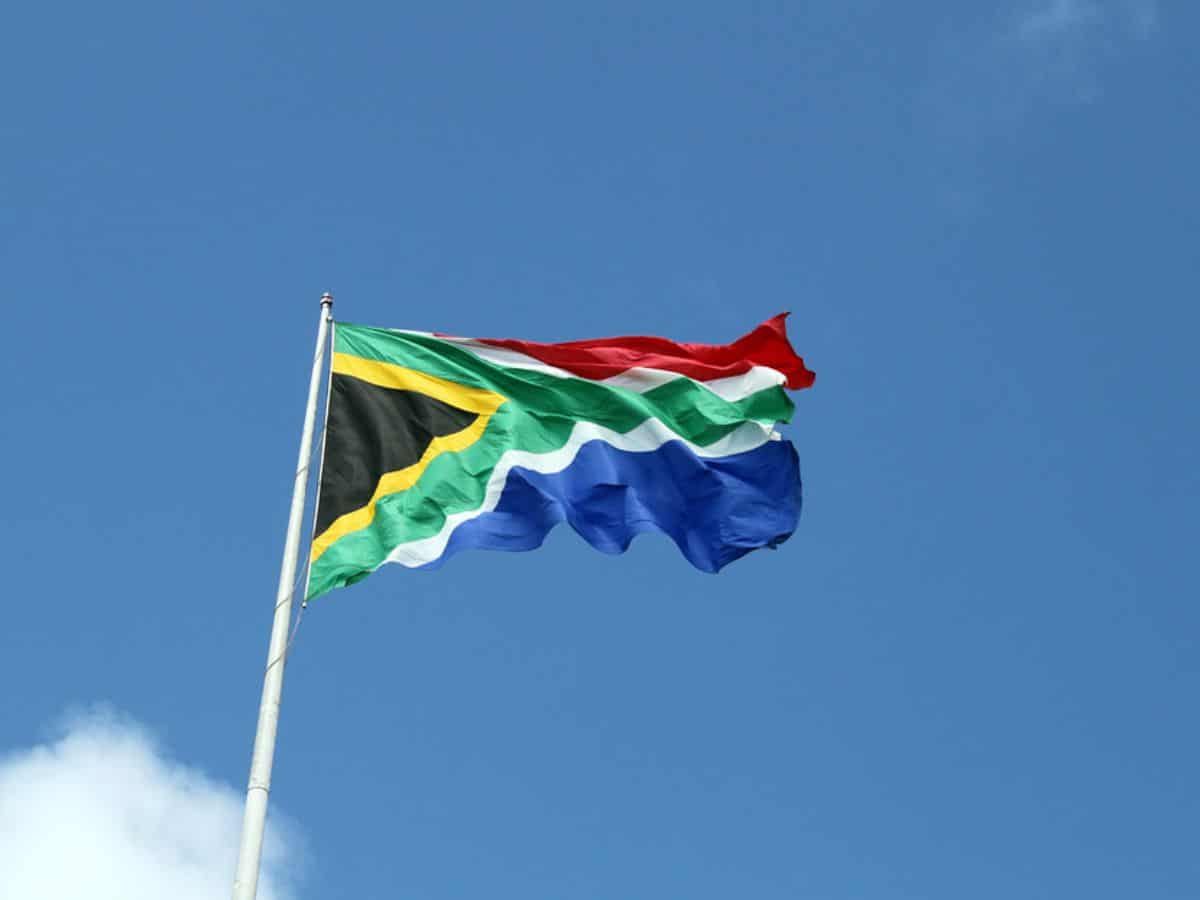
Johannesburg: The work on a commemorative monument to honour the memory of the first Indian indentured labourers’ arrival in South Africa in 1860 will begin soon, the government has said.
The 1.7-million-strong South African Indian-origin community will on Thursday mark the arrival of the first Indians in the port city of Durban in 1860 to work in the sugar cane plantation of the then Port-Natal.
The monument was supposed to have been built in 2010, when the country celebrated the 150th anniversary of the arrival of the first Indians, but was delayed due to bureaucratic wrangling over funding and disagreements within the community itself about the form that the memorial should take.
But this week the provincial KwaZulu-Natal Department of Sport, Arts and Culture announced that the tender for the four-million-rand monument had finally been awarded to a service provider and that construction would start at the Ushaka Beach in Durban, where the ship Truro arrived as the first of many over several more decades, bringing Indians to South Africa.
The indentured labourers were later also accompanied by merchants who paid their own way to start their businesses in South Africa. About two-thirds of all their descendants now live in the province, with the rest spread across the remaining eight provinces of South Africa.
The 1860 Commemoration Monument Committee, formed earlier to decide on the format of the monument, could not agree on whether it should be an abstract structure or a statue of an indentured woman labourer toiling in the fields with a baby on her back.
The director of the department, Vusi Shongwe, said the work would start within the next three weeks to erect an arch with a bell tower.
The call for tenders for the document had described the bell tower as being “used during times of slavery and indenture for masters to ring the bell to call workers to work and end their day with ringing the bell. This bell tower was found throughout South African plantations”.
“There is also a bronze plaque at the Shree Emperumal Temple in Mount Edgecombe, which can be incorporated into this design and act as a point of remembrance,” the document stated.
“The brass bell will have the names of the two ship passengers engraved on it. It will be kept at the 1860 Heritage Centre (in Durban) and brought out on the 16 and 26 November to allow the public to ring the bell in a symbolic ceremony each year.
“Each year our elders and children can come out to ring the bell in remembering our ancestors. The monument will incorporate the two ships with the names of the passengers laser cut on two metal sheets representing the hull of the Truro and Belvedere,” the document said.
Selvan Naidoo, director of the 1860 Heritage Centre, welcomed the announcement.
“We are comforted to know that this tribute to indentured workers will finally be done by our democratic government,” Naidoo told the Weekly Post.
But Seelan Achary, who was a member of the original 1860 Commemoration Council for more than a decade, said the suggestion of how the monument should look then had been ignored.
“The original draft plans for the monument were submitted as early as 2011 to the Premier’s Office. The monument design that I saw (now) does not speak to the arrival of the Indian indentured labourers.
“We had submitted a proposal a monument of a sugar cane cutter and his wife in a sugar cane field, with a child on her back. This was originally envisioned incorporating aspects of unity and allegiance under one South African flag. This is what we wanted to unite our people under,” said Achary.
“The bell and bell tower in temples were for religious purposes. However, this bell tower is a symbol of colonialist architecture and oppression. Should we be glorifying that? They have ignored 11 years of submissions to satisfy a new narrative,” said Achary.
Ravi Pillay, formerly in charge of Economic Development and Tourism in Durban, called for the monument to be completed as soon as possible.
“It is important to conclude the project as soon as possible and it must be a project that must be embraced by all in our diverse society. It must be built on our motto of unity in diversity’,” said Pillay.



